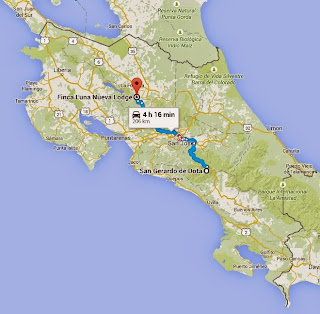While I have not met every other birder besides myself on planet earth, I can say that the effectively all of us (>99%) are concerned with the well-being of the landscapes, ecosystems, and species around us. We understand, unlike a terrifying majority of our human cohort, that we are a constituent part the natural world, and as such, we have an obligation to minimize our impact on it. In recognition of this, we often drive fuel-efficient cars, pick up litter on trails, and recycle everything we touch. We organize community programs and volunteer our time to educate others. Most importantly, our infectious enthusiasm for all-things-birds inspires others to both notice the feathered creatures around them and respect the settings those birds call home. In short, birders are fabulous environmentalists. If mother nature were hiring representatives, many of us would be perfectly qualified. However, and for all the amazing things that our community has accomplished, I feel that we have yet to grow this individual environmentalism into a collective conservationism. Why is this and what might we do about it?
I should say here that I have zero formal experience with conservation; What I offer here is my perception of the process. Conservation seems to require many necessarily labor intensive steps to accomplish its goals. We cannot, unfortunately, just decide we want to conserve a piece of land or species and have it magically happen overnight. From what I have gleaned, conservation takes an incredible amount of coordinated effort to be successful. Research must be performed, funding secured, land acquired, strategic management plans implemented, and reports submitted. Each of these phases seems as though it could turn into a multi-year project of its own. This is probably why conservation is coordinated more through organizations than through individuals; The tasks at hand, and the obstacles deliberately put into place, are so large that no single person can attack any aspect of the challenge alone. Conservation is not a hobby, it is a profession - a generally under-appreciated and underpaid one at that.
Environmentalism works well on the individual scale, but conservation works well when effort is coordinated. So, while birders have made individual decisions to live more sustainably that many others, we have not yet managed to nucleate a grassroots, birder-motivated conservation effort on the national scale. I think this is the function of groups like the National Audubon Society and the American Bird Conservatory (to name just two). These are groups with which I am familiar, but at present, do not feel, as hobbyist birder and photographer, a terribly personal connection. Certainly birders do a tremendous amount to aid conservation, but here we perform more of a supporting role. What I think we fail to realize is the collective weight we possess, and while I am not advocating for the direct creation of a "bird lobby", something akin to that might be an interesting counterbalance to those of the developers, industrialists, and consumers that are already in place.
We bird because we enjoy it and it is fun. In its simplest form, birding is an incredibly entertaining distraction from the routine of daily life. In its most extreme form, it's an incurable disease around which the rest of one's life is planned. As I said in the interview, "Birding is fun. Conservation is work". The challenge that we as a community face is how to get each other as excited about conservation as we are about adding a new bird to our life list's or snapping that perfect photograph. I just think at least some discussion about how to best deploy our collective weight in conservation ventures moving forward is warranted.
And, just for fun, here are two older shots with which I was messing around this past week.
American oystercatcher - Haematopus palliatus
Winthrop, Massachusetts, 6/10/12
Canon 500mm f/4 IS v1 + 1.4x III on EOS 1D Mark IV
1/1250 at f/5.6, ISO 400
Bobolink
Parker River NWR, Plum Island, Massachusetts, 5/21/12
Canon 500mm f/4 IS v1 + 1.4x III on EOS 1D Mark IV
1/640 at f/8, ISO 400














